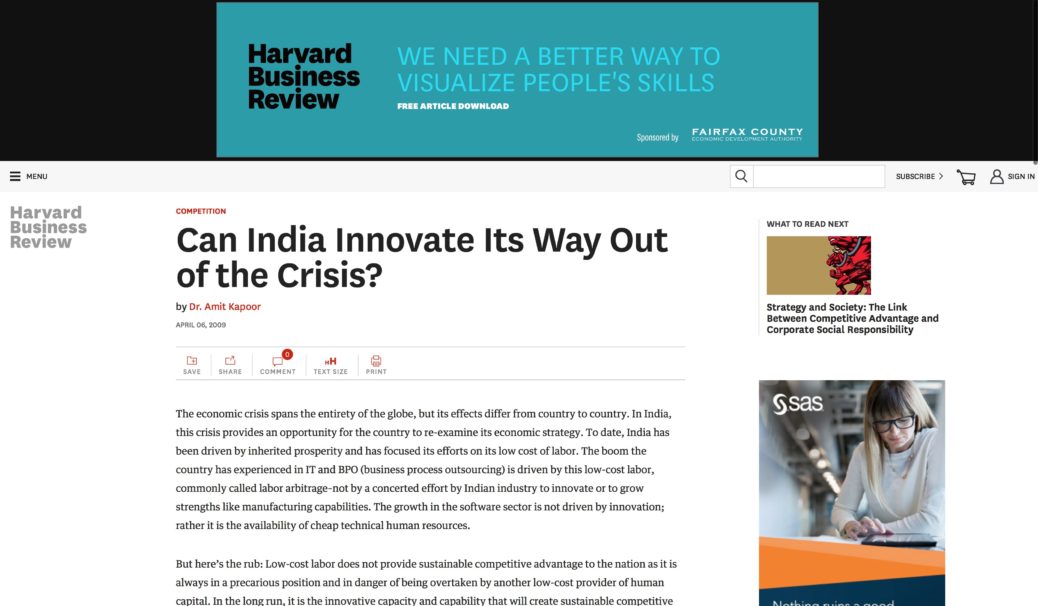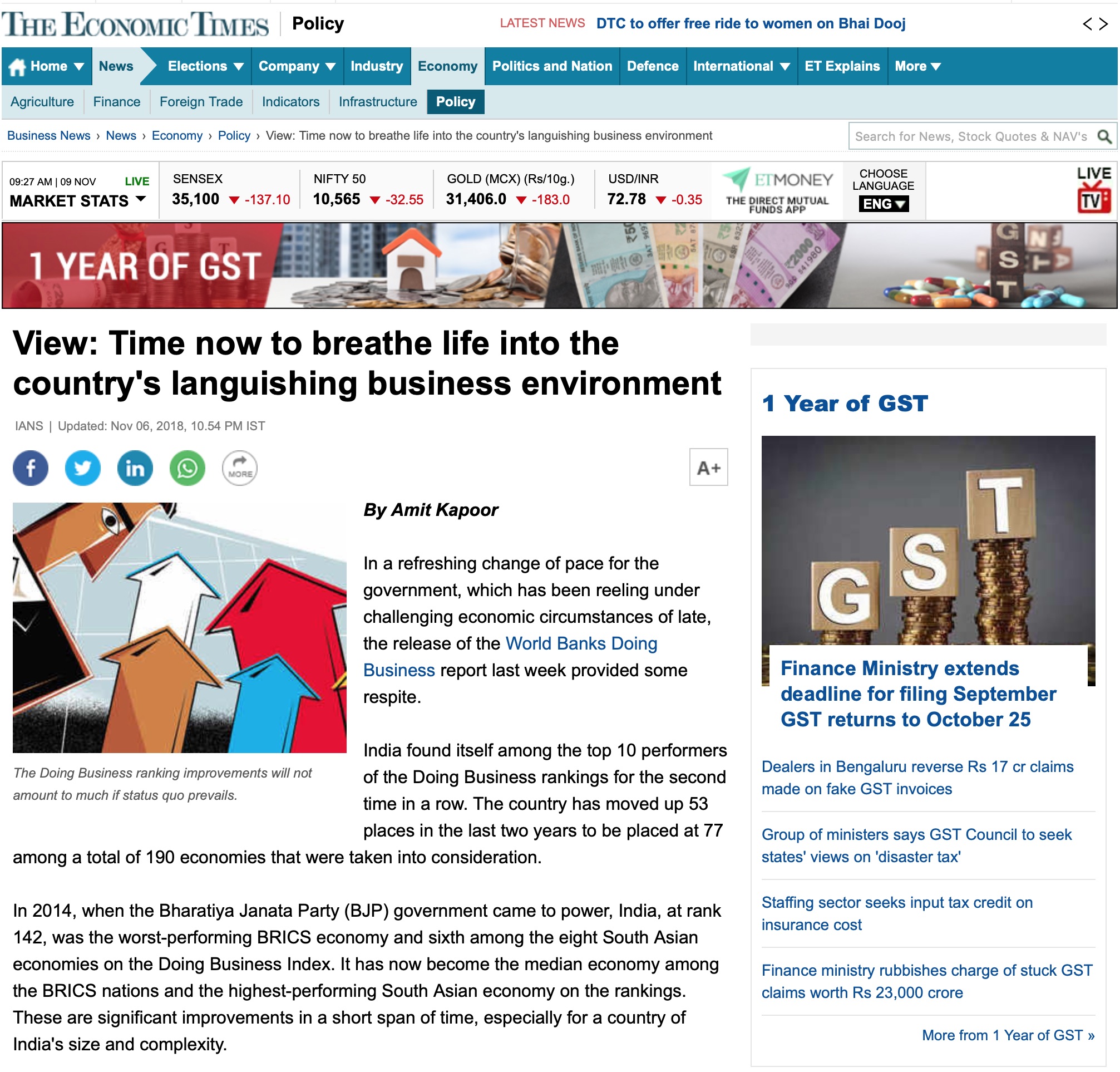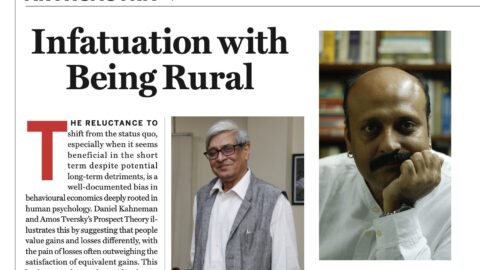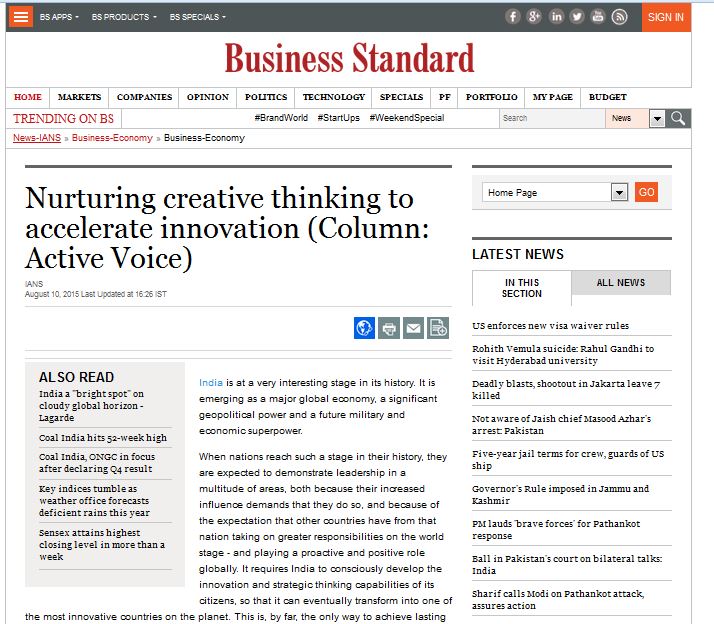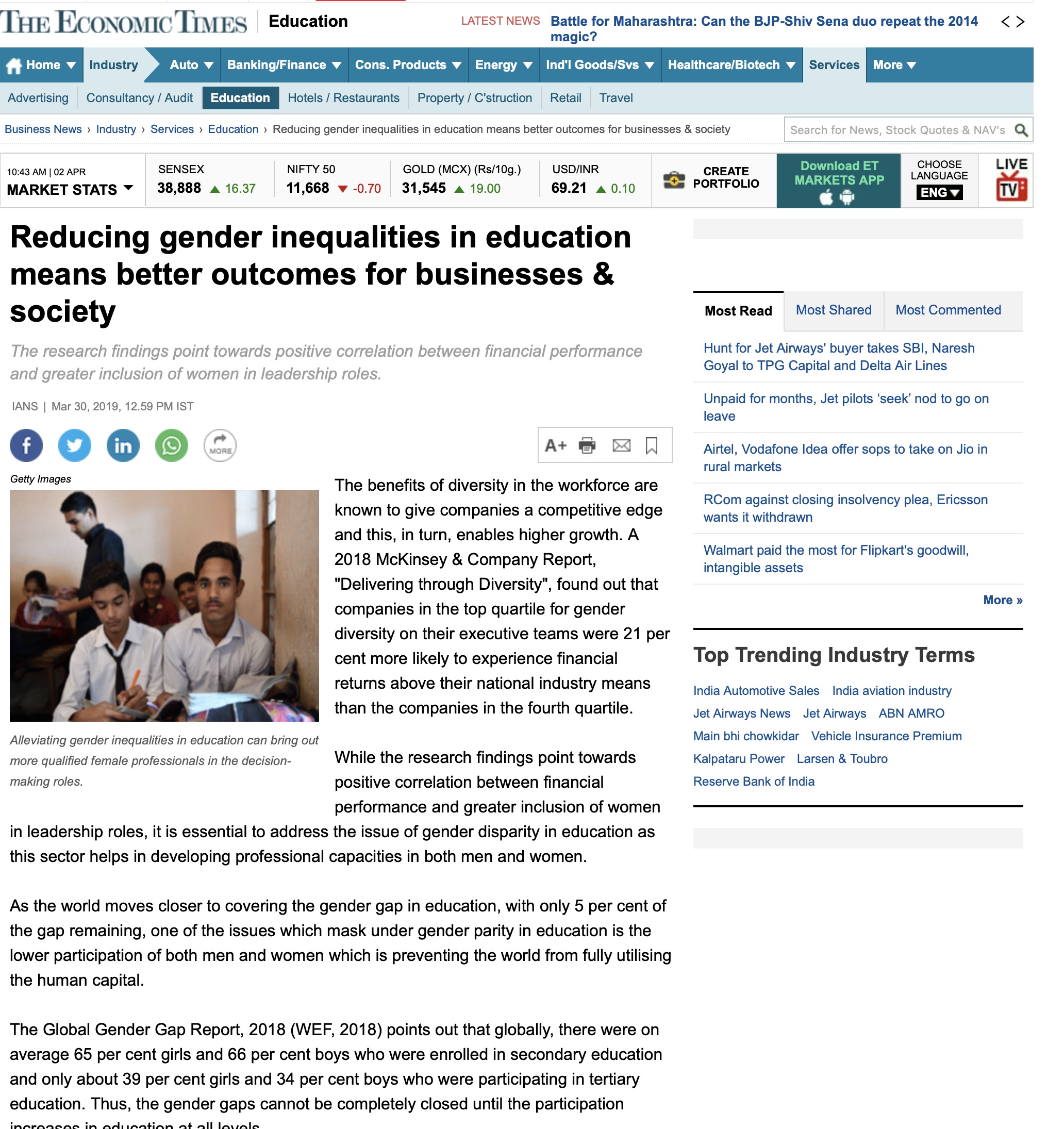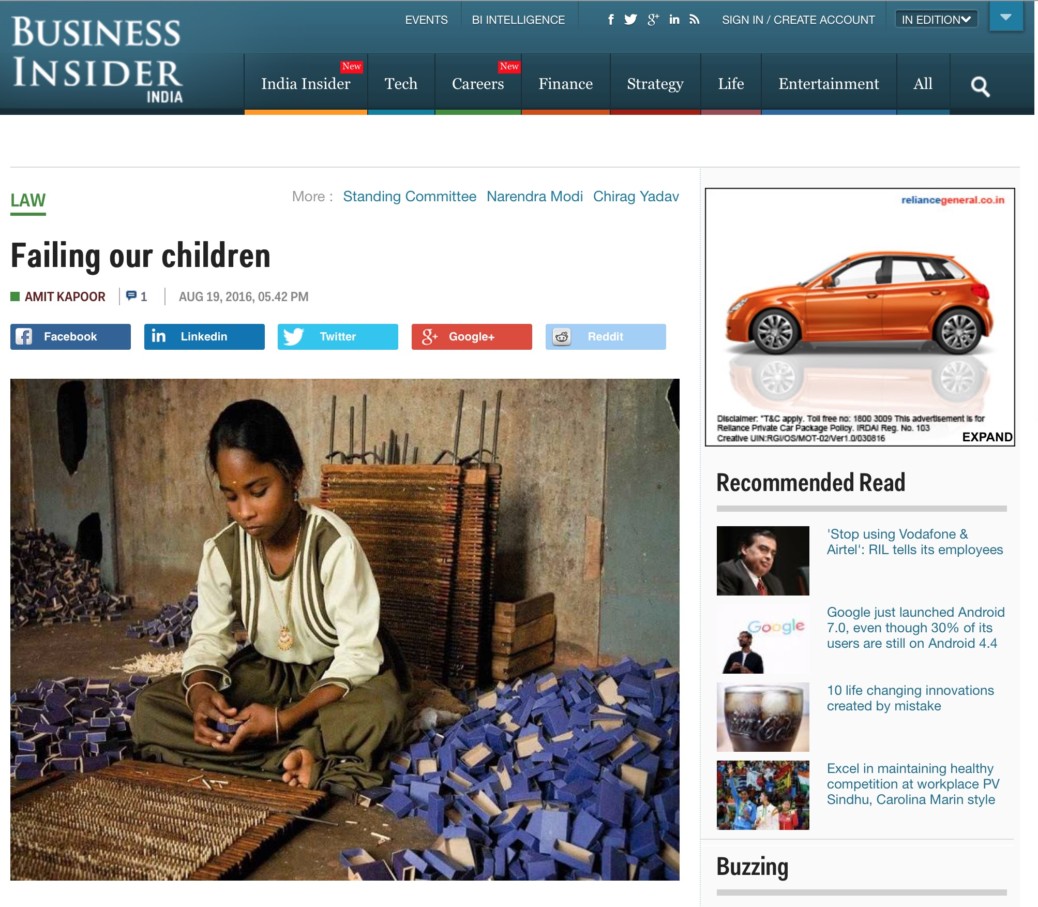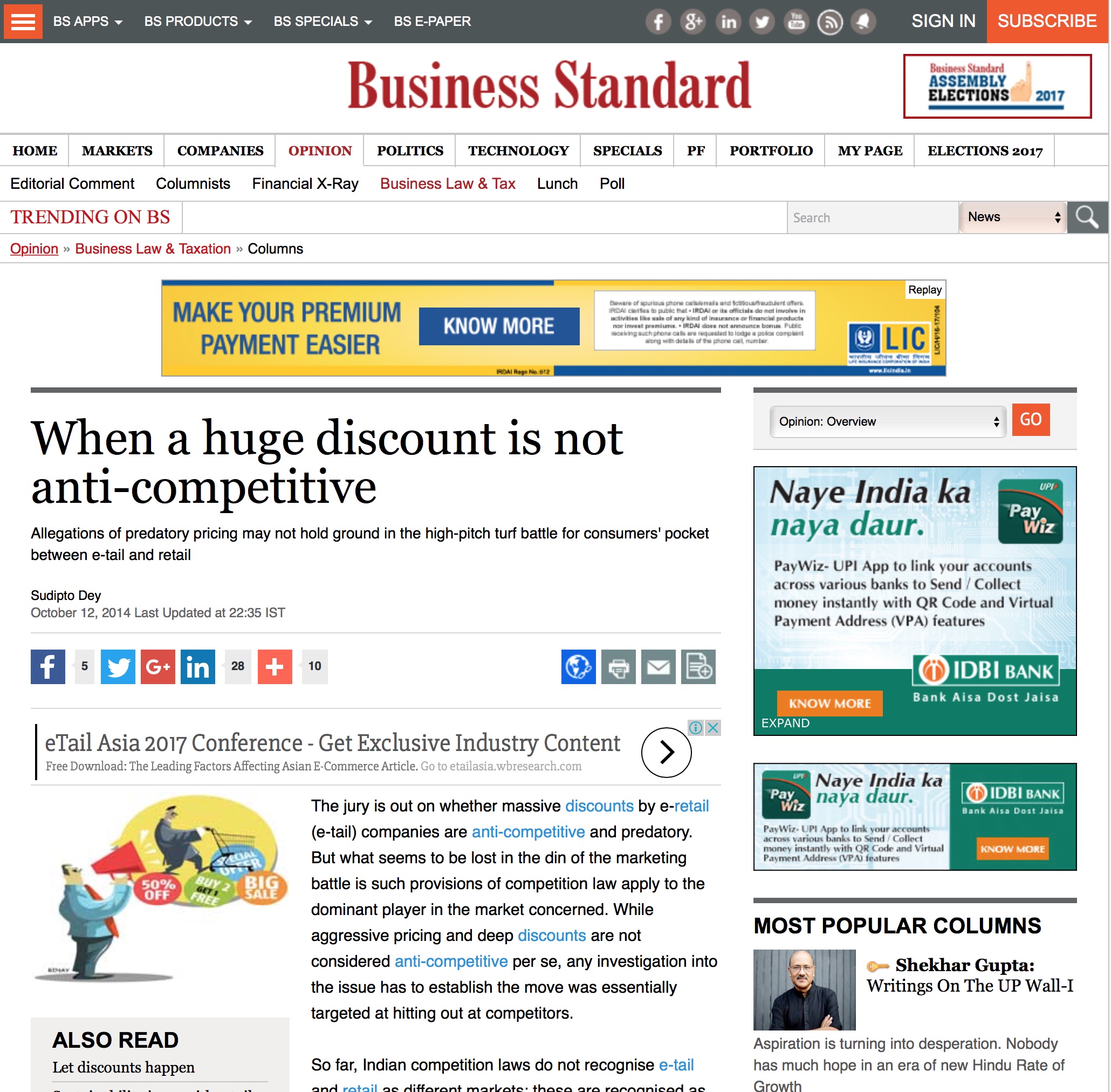The economic crisis spans the entirety of the globe, but its effects differ from country to country. In India, this crisis provides an opportunity for the country to re-examine its economic strategy. To date, India has been driven by inherited prosperity and has focused its efforts on its low cost of labor. The boom the country has experienced in IT and BPO (business process outsourcing) is driven by this low-cost labor, commonly called labor arbitrage–not by a concerted effort by Indian industry to innovate or to grow strengths like manufacturing capabilities. The growth in the software sector is not driven by innovation; rather it is the availability of cheap technical human resources.
But here’s the rub: Low-cost labor does not provide sustainable competitive advantage to the nation as it is always in a precarious position and in danger of being overtaken by another low-cost provider of human capital. In the long run, it is the innovative capacity and capability that will create sustainable competitive advantage.
Today India faces a choice: it can learn and start the growth process or stunt it with its denial. India needs to understand what its real competitiveness is today, whether it is sustainable and in the long run and how would it create conditions for creating sustainable wealth and prosperity for its citizens. The concept of competitiveness serves as a useful guide for the country here.
Looking at the concept of competitiveness we fundamentally know that it is about productivity– the returns we get per dollar invested. Looking at the concept of competitiveness, we see that successful economic development is a process of successive upgrading, in which the nation’s business environment evolves to support firms’ increasingly sophisticated and productive ways of competing. Nations evolve through various stages of competitive development.
Innovation in all likelihood increases trade, helps maintain market share, improves processes and creates high-quality products. India is clearly lagging behind in producing products efficiently. Only by taking a long-term orientation and outlook will India see a true opportunity to change its path– not by continuing the current policy initiatives that are incomplete and in bursts.
Recession or not, India will have to move ahead, wake up and take action if it is to continue the momentum it has earned in the last 10 years. In the future, it will have to focus more on manufacturing and innovation. These are the sectors that would provide employment and appropriate usage of the talent and educated labor pool already available in the country.
The Article was published with the Harvard Business Review Blog on April 6, 2009.

